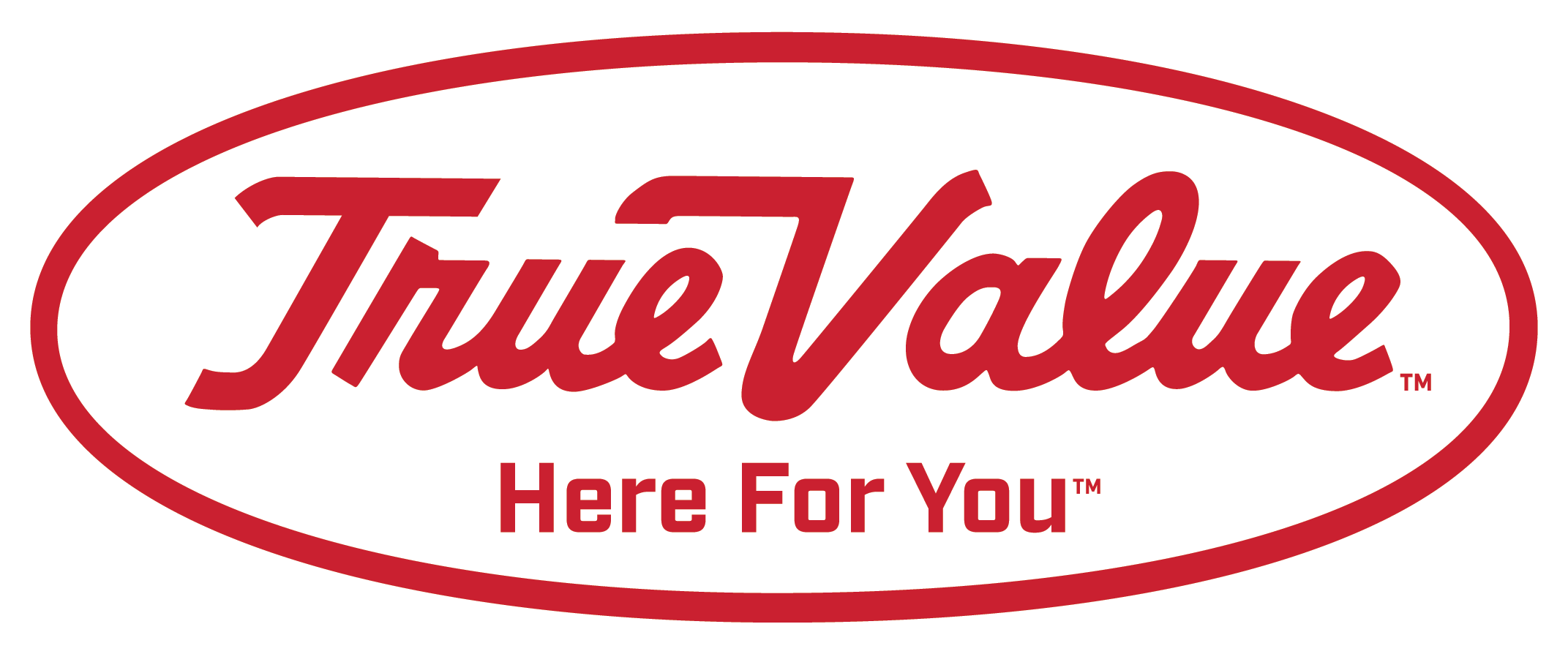Crabgrass is the bane of many lawn-loving homeowners. Not only does it muss the appearance of a perfect parcel of grass, it can also take it over, competing with grass for the water and nutrients it needs. Don’t give up your turf to this common invader.
Preventative Measures
Step 1: Use a Pre-Emergent Herbicide
Pre-emergent herbicides are very effective at controlling crabgrass before it emerges when warm weather arrives. It doesn’t kill existing crabgrass. But, by using a pre-emergent herbicide in early spring, you can effectively prevent crabgrass during the summer wherever the herbicide was applied. Sprinkle by hand, spreader or use a garden hose attachment to spray on the grass, depending on what type of herbicide you buy. If you use a spreader to apply the herbicide, make sure you water the area after application with a garden hose or sprinkler in order to activate the herbicide. Follow package instructions and measure your lawn so that you use the proper amount. Calibrate your spreader carefully. Be sure that the herbicide you choose is safe to use on your grass. Don’t dethatch or aerate after you’ve applied herbicide.
Helpful Tip
Many “weed and feed” fertilizer products contain crabgrass preventatives. These can be a good choice to use in spring because you can fertilize and apply a pre-emergent herbicide in one application.
Step 2: Use ”Weed-Free” Soil
When you are adding topsoil before seeding, an important step in crabgrass prevention is to ensure the topsoil you use is weed-free. If the package does not specifically state that the product is “weed free,” you could, unknowingly, be putting crabgrass or many other kinds of weeds into your soil.
Step 3: In the Fall
In the fall, spread more grass seed than usual and fertilize. The more grass seed you spread, the thicker the turf grass will be and the less room there is for crabgrass to grow come spring. Fertilizing in fall, after the first frost, benefits just turf grass because the frost would have killed existing crabgrass.
Step 4: Water Deeply
Crabgrass loves shallow watering because when there’s less water it weakens turf grass roots, allowing crabgrass to move in and take over. Water deeply and infrequently to aid grass growth and inhibit crabgrass growth. Wet about 6” of soil for best results. Press a ruler into the wet soil to be sure you’ve watered enough.
Step 5: Get into Good Mowing Habits
Crabgrass grows in areas of your lawn where the grass is patchy or where it has been mowed too short. Mowing regularly with sharp, clean blades cuts down on crabgrass growth. If you notice crabgrass in your yard, cut with the blades set higher. Taller grass creates shade that can block the sun that crabgrass seedlings need to grow. Set the blades so that you don’t cut off more than a 1/3 of the grass blade.
Remove Crabgrass
Step 1: Pull it Up
The only way to be sure that you are removing an individual crabgrass plant is to get it and its entire root system out of the ground. This can be done the old-fashioned way. Pull the plant firmly by hand or use a shovel or weeding tool to remove the entire plant. Keep in mind this doesn’t mean that once you’ve removed all of the crabgrass from your yard you have eradicated it completely. Crabgrass seed spreads quickly during warm weather. By fall, the plants have spread thousands of seeds which are dormant in winter only to return the next spring when the ground begins to thaw.
Step 2: Use Post-Emergent Herbicides
A post-emergent herbicide works on crabgrass that has already begun to grow. These chemicals should only be used when you have a crabgrass infestation. If you have just a handful of plants in your yard, just pull them up (Step 1). When using post-emergent herbicides, take care not to damage wanted plants. If you spray an herbicide with a garden hose attachment, wait for a calm day with little or no wind to prevent the chemical from spreading to adjacent plant life and harming them. Be sure it won’t hurt your lawn. Avoid spraying herbicides on a newly seeded lawn or garden.
You can also apply herbicide with a lawn spreader. Do this on a sunny morning when temperatures are between 60 and 90 degrees Fahrenheit and the morning dew has already evaporated. Follow all manufacturer instructions on watering, the correct spreader setting, when to reseed, etc.
Safety Alert!
Many post-emergent herbicides are highly toxic. Purchase only as much as you need and wear protective clothing and garden gloves. Dispose of herbicides according to instructions.
After a couple of weeks, check your yard for dead crabgrass. Seed the area where the crabgrass was growing and then apply fertilizer. Be sure to water your lawn regularly. Remember, post-emergent herbicides kill existing crabgrass but won’t prevent new plants from growing. You will need to keep a good watch over your lawn so that you can catch the weeds when they start to appear.
Good work! Your lawn should now be clear of crabgrass. Remember to stay vigilant and you’ll keep your lawn free of it season to season.
Project Shopping List
Here’s what you’ll need to complete this project successfully.













